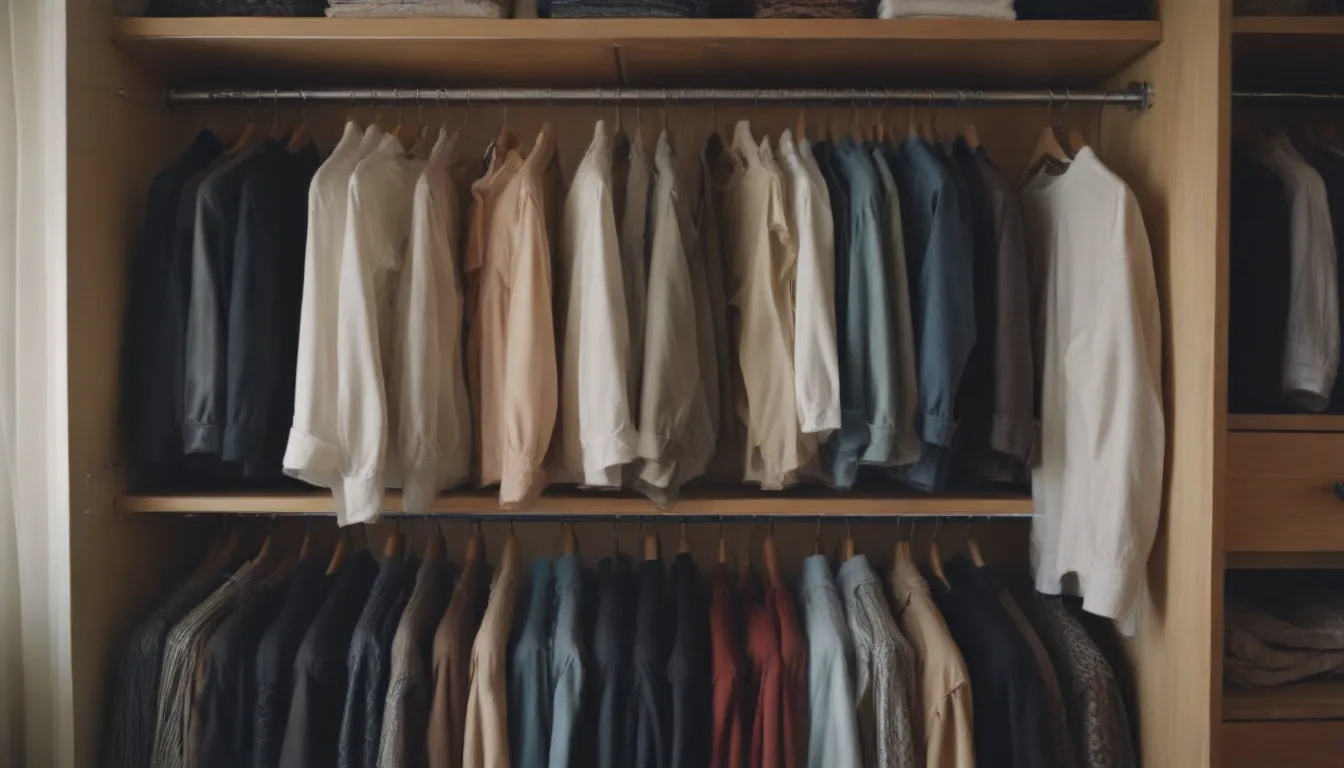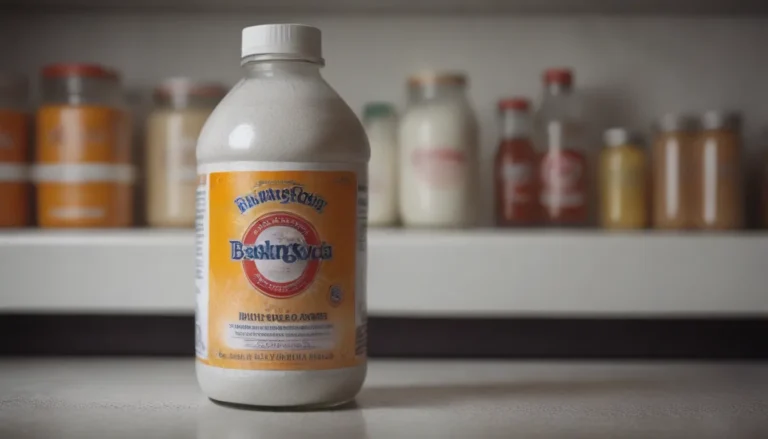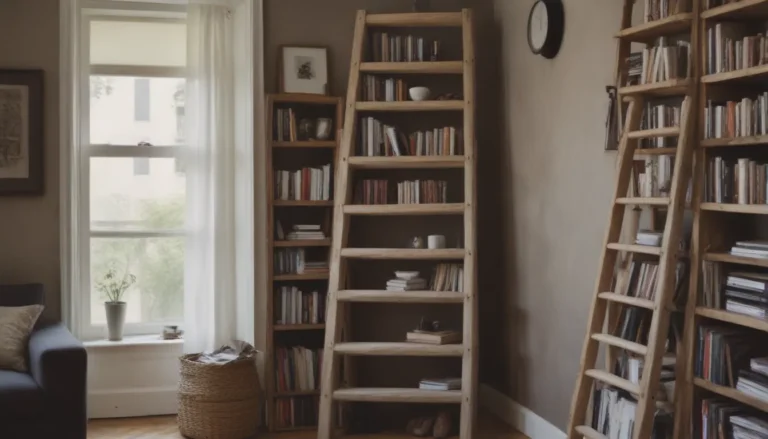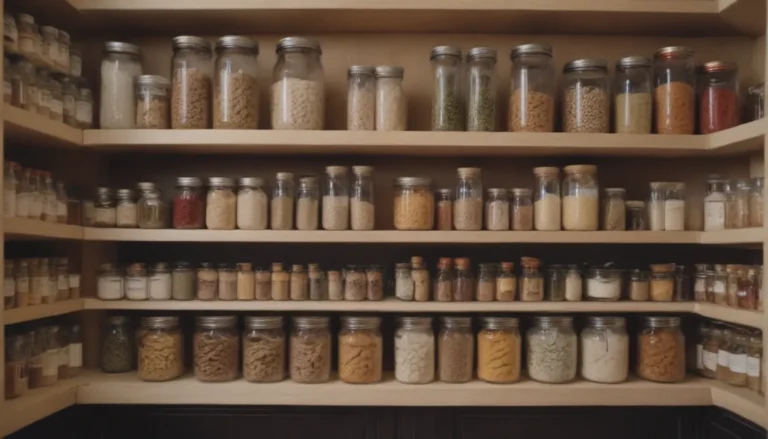Maximizing Closet and Drawer Space with Smart Clothes-Folding Techniques

Are you tired of dealing with wrinkled clothes and messy closets? Do you often find yourself struggling to fit all your clothes into limited storage space? If so, you’re in luck! There are some simple yet effective clothes-folding techniques that can help you keep your wardrobe organized and save valuable closet and drawer space.
In this comprehensive guide, we will explore six proven methods for folding common clothing items, from T-shirts to towels, to help you make the most of your storage space. Say goodbye to cluttered closets and drawers, and hello to neatly folded garments that are easy to find and access.
T-Shirts: Master the Art of Folding
Let’s start with everyone’s favorite wardrobe staple – the T-shirt. According to robotics engineers at the University of California Berkeley, there is a scientifically proven method for folding T-shirts that maximizes space-saving. Here’s how you can fold your T-shirts like a pro:
- Lay the T-shirt flat with the printed side facing down.
- Fold one side of the T-shirt towards the center, then fold the sleeve back.
- Repeat on the other side.
- Fold the bottom of the T-shirt up towards the top.
- Enjoy a neatly folded T-shirt that takes up minimal space in your drawer.
Pro Tip:
For T-shirts with logos or designs, always start folding with the printed side down. This way, you can easily spot your favorite tee without unfolding every shirt.
Dress Shirts: Say Goodbye to Wrinkles
If you’re used to hanging your dress shirts, it’s time to rethink your storage strategy. Folding dress shirts not only saves precious closet space but also helps prevent wrinkles. Follow these steps for a crisp and tidy fold:
- Button all the buttons from top to bottom.
- Lay the shirt flat with the back facing up.
- Fold one side towards the center, followed by the sleeve.
- Repeat on the other side.
- Fold the bottom of the shirt up towards the collar.
- Voila! Your dress shirt is now ready to be neatly stored in a drawer.
Towels: Achieve Five-Star Hotel Luxury
Who doesn’t love the plush feel of a neatly folded towel? Whether you’re folding large bath towels or smaller hand towels, the key is to fold them in thirds for maximum space-saving. This method not only saves surface space but also makes stacking towels a breeze. Emulate the five-star hotel towel fold in your own home with this simple technique.
Short Socks: Keep Them Neat and Tidy
If you’re a fan of the KonMari method, you know the importance of keeping socks organized. Avoid tucking one sock into the other after rolling—a surefire way to stretch out your socks. Instead, fold long socks into thirds and short socks using a different technique. Check out the diagram in the original article for a step-by-step guide on how to fold short socks without resorting to the old sock-tucking trick.
Sweaters: Preserve Their Shape
Bulky sweaters are not meant to be hung on hangers. To prevent them from losing their shape and getting droopy, it’s best to neatly fold them for storage. Follow the folding technique outlined in the original article to keep your sweaters looking their best.
Underwear: Yes, Even Underwear Needs Folding
While you may have never considered folding your underwear, keeping your skivvies neatly organized can make a world of difference. Not only does it make it easier to find the pair you want to wear, but it also saves precious drawer space. Follow the folding steps provided in the original article for both women’s and men’s underwear to achieve a clutter-free drawer.
In addition to the specific folding techniques mentioned above, it’s essential to consider whether to fold or hang your clothes based on the garment type and fabric. Formal wear and delicate fabrics like silk should be hung to prevent wrinkles, while casual items such as jeans and sweaters can be folded for storage. Avoid hanging sweatshirts, heavy sweaters, and delicate fabrics that may stretch or lose their shape on a hanger.
When it comes to packing for travel, rolling your clothes can be a space-saving hack. However, for everyday wear in your closet, folding clothes offers accessibility and organization. Find the right balance between folding and hanging based on the type of garment and fabric to optimize your closet and drawer space effectively.
Whether you’re tackling a cluttered closet or looking to maximize your storage space, mastering the art of clothes folding can make a world of difference. With these tried-and-true techniques, you can say goodbye to wrinkled clothes and hello to neatly organized closets and drawers. Take the time to fold your garments with care, and you’ll be amazed at how much space you can save and how easy it is to find the perfect outfit every time.





